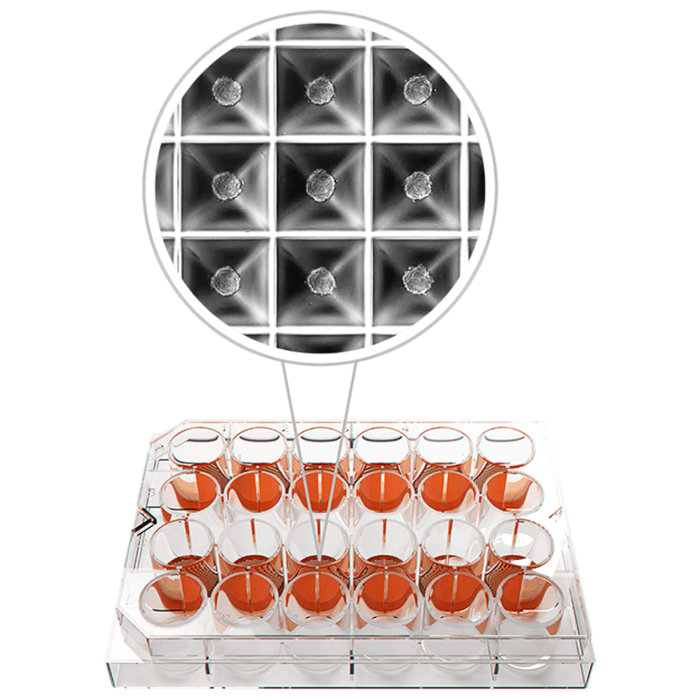The Sphericalplate 5D (SP5D) is a 3D cell culture plate capable of producing up to 20,000 uniform and standardized spheroids in a single plate. These spheroids can be formulated in three easy steps and are suitable for various applications, including cancer and tumor biology, drug screening, radiosensitivity studies, tissue engineering, and neurodegenerative disease research.
CELL CULTIVATION
Increase reproducibility and efficiency using next-gen science.
Life Science

Heidolph | Kugelmeiers
Sphericalplate 5D
Learn in this video how easy it is to work with the Sphericalplate 5D from Kugelmeiers. Thanks to the patented geometry and special coating, you can grow up to 20,000 size-controlled, uniform spheroids per cell culture plate.
Hei-CELL
Patented micro-well geometry
Pre-applied specialized coating. No additional buffers or reagents are needed.
Uniform clustering
The Sphericalplate 5D (SP5D) is a 3D cell culture plate designed to produce uniform, standardized, size-controlled spheroids with high quality and yield. Effortlessly scale and translate your spheroids into various diagnostic or clinical applications. Increase the reproducibility of follow-up tests with experiments starting under identical conditions due to the low size variance of the cultivated spheroids.



